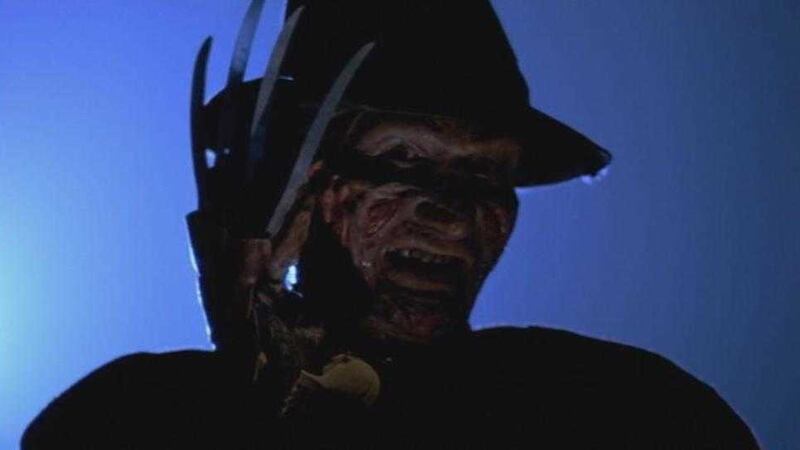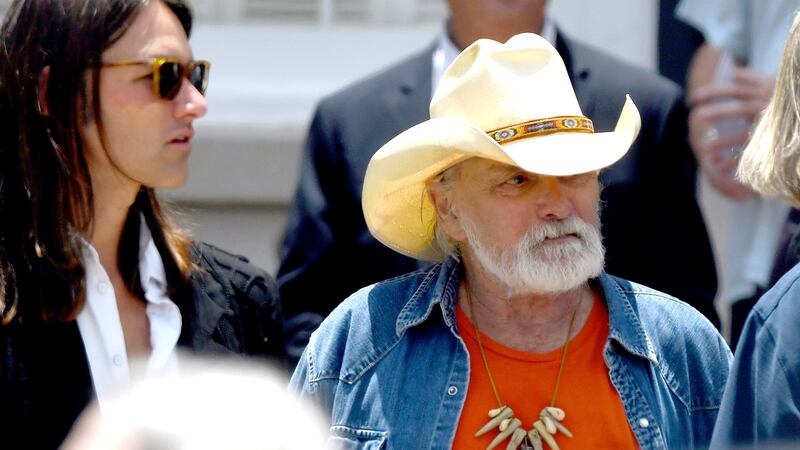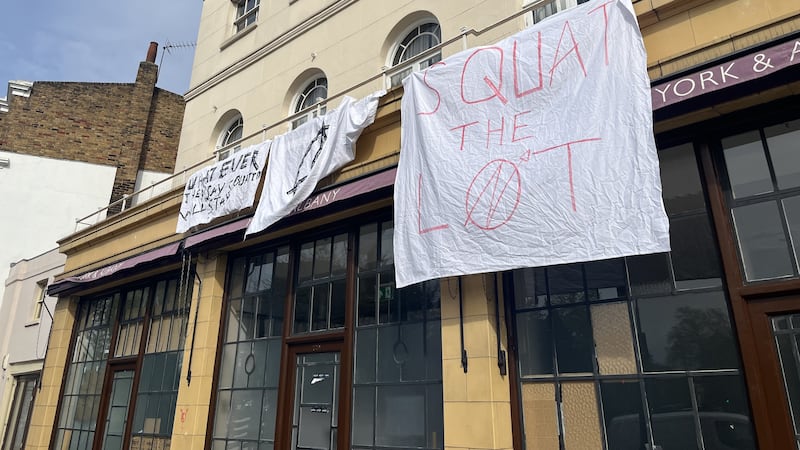THE world of the classic teen horror film would be a much poorer place without Wes Craven. The Ohio-born director who lost his battle with brain cancer this week redefined the possibilities of that much maligned genre when he delivered A Nightmare On Elm Street in 1984.
A hokum filled, ghost train of a movie, it brought us the blade-fingered belligerence of child killer Freddy Krueger – one of cinema’s greatest ever bogey men – and spawned a shower of phenomenally successful, if decreasingly impressive, sequels.
Most directors would have been content to have created that one iconic brand but Craven struck gory gold again in 1996 when he rebirthed the genre with Scream, a post-modern take on the slasher movie that raked in more than $100 million at the US box office alone and with the central killer’s memorable ghost-faced mask, gave us the most ubiquitous Halloween costume of modern times.
There was more to the director, writer and producer than just era defining box office bonanzas, however. Entering the movie business as a sound editor, he made his directorial debut with the notorious 1972 shocker The Last House On The Left.
A bloody and unflinchingly brutal rape-revenge film, Last House was made for peanuts but again brought home the bacon, proving to be a huge financial success that gave rise to any number of gruesome, low rent imitators and unpleasant European rip-offs.
The revulsion felt in some quarters to Craven’s first cinematic calling card meant he found it hard to secure work Stateside for several years and the film’s extreme reputation would see it wind up almost a full decade later on the notorious video nasties blacklist in the UK.
It’s to Craven’s credit, and his ultimate cult status, that he persevered with his passion for low-rent horror thrills. After some time working, often uncredited, in the seedy world of porn – he apparently applied his considerable skills to Deep Throat for example – he returned to the horror fold with The Hills Have Eyes in 1977.
A simple tale of a suburban family terrorised by a bunch of inbred mountain folk when they take to the road for a holiday, it has everything that makes for a great Wes Craven film. It’s got a simple B movie plotline, lots of blood, guts and gore and a memorable gang of horrific headcases at its nasty core.
Less impressive in terms of box office returns, the film once again rewrote the rules for genre cinema. In this case it was the less appreciated but undeniably grim “family in peril on a road trip into hillbilly hell” genre that Craven recharged but the impact was just the same. He made The Hills Have Eyes II in 1985 but swiftly disowned it, and there was a pointless remake in 2006 but it’s that desert-baked 1977 original that you need to see.
Craven was 76 when he died; his best work, like all great popular art, will live forever.








